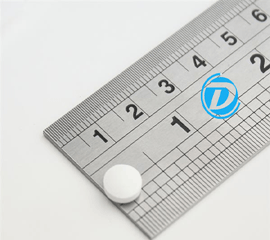India today contributes about 22 per cent of the total generic production by volume, third largest exporter of pharma and 11th largest manufacturer by value. There was an inflection point so far in the history of Indian pharma during COVID-19 in 2020 which had positive outcomes for the pharma industry. It was an opportunity to not only cater to the Indians but to the entire world”.’Indian pharma will contribute to play a similar kind of role going forward”.Indian pharma is at the forefront of tackling non-communicable diseases (NCDs) and emerging diseases with the understanding of technology and disease patterns as Indian pharma did in the case of developing vaccines for COVID-19 and also repurposed drugs for the same. “Indian pharma has crossed the rubicon of being the generic pharma producer in the world and therefore should look beyond as digitilisation will take it much ahead”,
“The Department of Pharmaceuticals (DoP) has launched schemes like bulk drug parks and has issued entrepreneurship and innovation policy guidelines.It should, therefore, adopt innovation hubs with all the players’ like researchers, hospitals, academia, regulators, manufacturers and technology players at one place as is done in the west. The Centre will also encourage industry to invest in specific priority areas and there will centres of excellence for both pharma and medical devices going forward,”

 EN
EN FR
FR DE
DE NL
NL 








